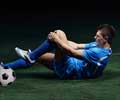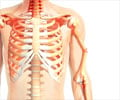About
Sports medicine is a branch of medicine dealing with the diagnosis and treatment of sports injuries that result from strenuous activity or exercise. Areas of expertise, injuries treated by a sports medicine doctor will be discussed.
Sports and exercise medicine has only recently emerged as a distinct identity in the field of health care. It is a branch of medicine that deals with the prevention and treatment of sports injuries. A sports physician is one who has completed medical school and had additional training in sports and exercise medicine. A sports medicine practitioner is well versed with the functioning of the skeletal and muscular systems and with methods of treatment for injuries occurring in these areas.

The difference between an Orthopedic Surgeon and a Sports Physician
While both are well trained in areas of musculoskeletal medicine, a sports medicine physician specializes in the non-operative aspects of musculoskeletal sports conditions. An orthopedic surgeon is trained in the operative treatment of these conditions as well.
As almost 90% of sports injuries are non-surgical according to the American Medical Society of Sports Medicine (AMSSM), a sports physician can refer the patient to an orthopedic surgeon or to suitable rehabilitative care if surgery is required.
Injuries and conditions that sports medicine specialists treat – Sports Injuries
A sports injury refers to any injury that occurs as a result of participating in a sporting activity or exercise. Accidents, insufficient warm-up and stretching, poor training methods, lack of conditioning and improper use of exercise equipment can lead to sports injuries.
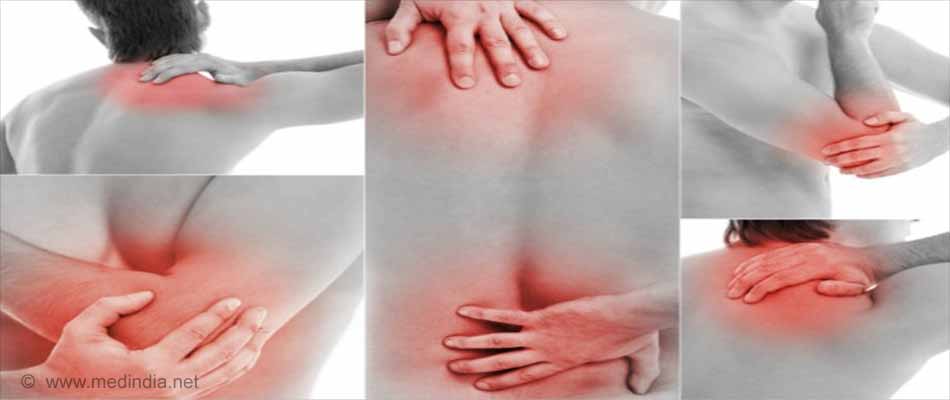
Musculoskeletal injuries are the most commonly occurring sports injuries. These affect the muscles, bones and their related cartilages and tissues. In some, rare circumstances and sports there may be serious injuries to the spinal cord and brain.
Some of the most common sports injuries will be discussed below:
Fractures
A break in the bone can cause a fracture. This break in the bone can occur due to a one time injury (acute fracture) or due to continued stress over time (stress fracture).
Acute fractures can be of two types. The first type – simple, is where the break in the bone is clean and there is no damage to the surrounding tissues. In the second type – compound, the broken bone pierces the skin with little damage to the surrounding tissue. Acute fractures are both emergencies and must be treated immediately. A compound fracture is especially dangerous because of the possibility of infection where the skin is pierced.
Stress fractures are faced by individuals who engage in sports with repetitive impact like jumping, running or gymnastics. This injury is most commonly seen in the legs and feet. The most common symptoms of a stress fracture are tenderness, swelling and pain in the area of injury which is worsened by weight-bearing activity.
Dislocations
When there is a separation of two bones that come together to form a joint, it is a dislocation. High impact, contact sports like rugby, football and basketball are very often the cause of dislocations. The hand and shoulder joints are most commonly dislocated, while dislocations of the hips, knees and elbows are uncommon. A dislocation is classified as an emergency and must be attended to by a sports physician.
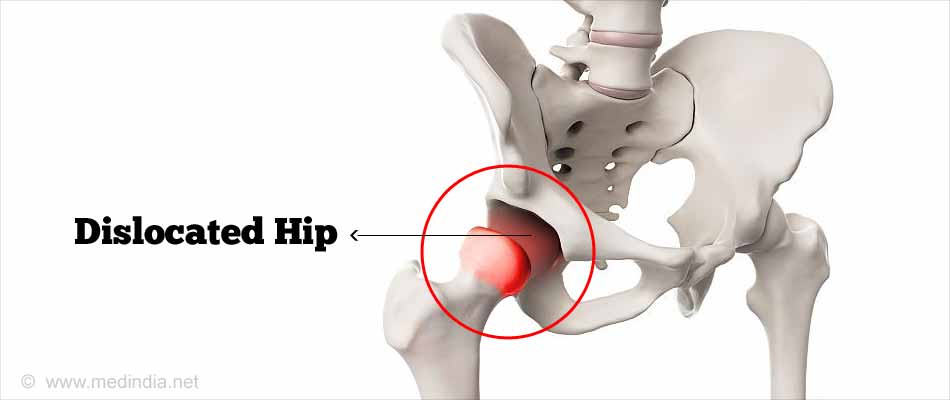
Shin Splints
The pain experienced along the tibia or the shin bone is known as a shin splint. The shin bone is the large bone in front of the lower leg. The pain can be classified as anterior shin splints when it occurs on the foot and ankle and as medial shin splints when it occurs at the inner edge of the bone where it meets the calf muscle.
Runners are often faced with shin splints. This may be because of poor exercise technique, insufficient training or warm-up, incorrect use or over-use of the lower leg, over training, running on hard surfaces and using shoes which do not provide proper support.
Sprains
A sprain occurs when there is a stretch or tear in ligament. A ligament is the connective tissue which joins two bones. A sprain is accompanied by symptoms such as tenderness, pain, bruising, inflammation, swelling and inability to move the limb or joint. The wrists, ankles and knees are most prone to ligament tears.
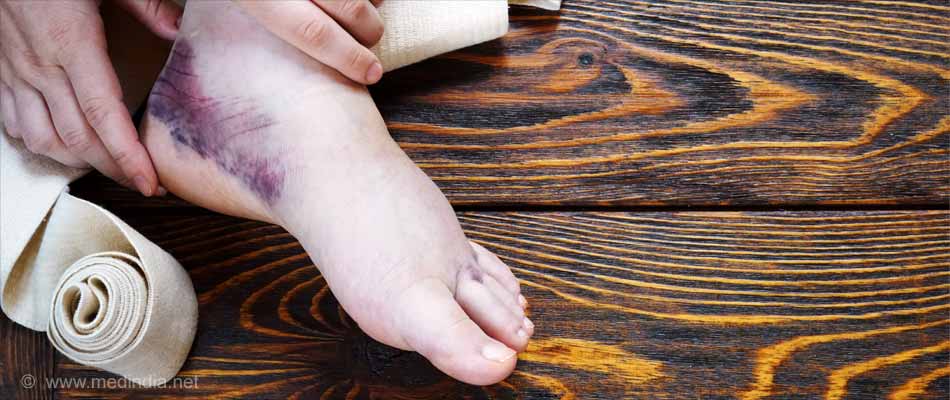
Strain
When there is a twist, pull or tear of a muscle or tendon it results in a strain. A tendon is a tissue which connects a muscle to bone. Some common symptoms of a strain are muscle spasms, pain and loss of muscle strength. It is usually caused by over-stretching or over-contracting muscles.
Knee Injuries
The knee is one of the most important weight bearing structures in the body and for this reason is most susceptible to injury. Improper warm-up, a twist or blow to the knee, running too hard or an improper landing after a jump can lead to knee injuries.
Some knee injuries are mild while others are severe. However, an individual with an injured knee will face pain and have difficulty using the injured joint.
Runner’s knee, iliotibial band syndrome and tendinitis are some of the mild knee injuries. In runner’s knee there is tenderness near the knee cap. Pain on the outer side of the knee is a symptom of iliotibial band syndrome and tendinitis is the degeneration of the tendon where it joins the bone.
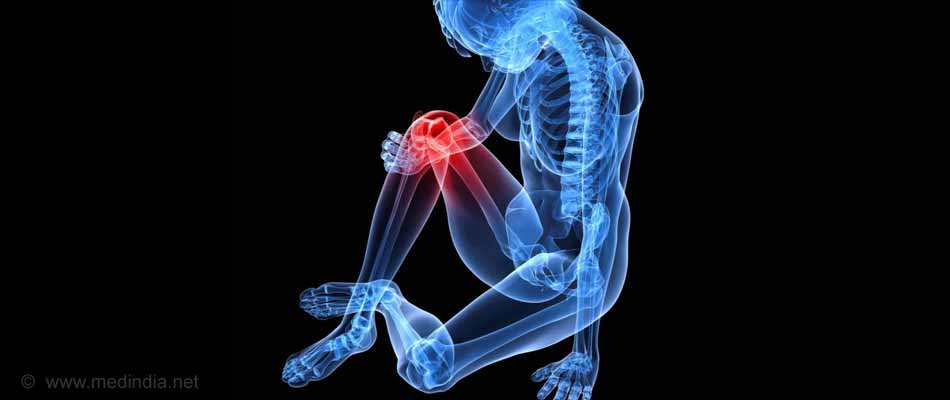
Bone bruising and damage to the knee cartilage or ligament are severe knee injuries.
Achilles tendon injury
When there is a tear or irritation in the tendon connecting the calf muscle to the back of the heel it results in a sudden agonizing pain which can bring a professional sports person down. This degeneration of the tendon in this region is known as an Achilles tendon injury.
For an untrained individual, an Achilles tendon injury occurs because of irregular exercise schedule or poor warm-up techniques. In trained professionals this injury occurs as a result of a sudden accelerated movement as seen in basketball and football.
Spinal cord and brain injuries
These sports injuries are not commonly seen but it is important to be aware of their severity.
A spinal cord injury can result from damage to the spinal cord because of a fall or blow. Typically, an individual with a spinal cord injury experiences paralysis from the injury downwards. A case in point is the tragic accident in the life of American actor Christopher Reeve who immortalized the comic book hero Superman. Reeve was thrown down from a horse during an equestrian event and suffered serious spinal cord injuries that left him a quadriplegic requiring a wheelchair and breathing apparatus for the rest of his life.
A traumatic brain injury is the direct result of a blow to the head. Sensory perceptions, movement, thinking and behaviour are affected after a traumatic brain injury.

It is possible for either injury to occur after a fall or coming in contact with an object or fellow participant during an activity. However, there are some sports like motor racing, skiing, snow- boarding, gymnastics, football and rugby which pose a higher risk than others. Care must be taken to wear protective gear and be well conditioned before participation.
Acute and chronic sports injuries
Aside from classification of sports injuries based on the specific body part affected, they can also be distinguished acute and chronic.
An acute injury occurs suddenly and exhibits symptoms like severe pain, inability to move the joint properly, visible break or dislocation of the bone, swelling and inability to place weight on the affected limb. Some examples are a strained back, fractured hand and a sprained ankle.
When there is continuous use of a specific body structure it leads to wear and tear, resulting in a chronic injury. Some of the signs of a chronic injury are swelling, pain while exercising and a dull ache even while at rest.
Methods of treating sports injuries
The first step to take after any sports injury, however minor, is to discontinue the activity immediately and rest. Get in touch with a sports medicine doctor to have the injury diagnosed and treated.
Some of the common methods of treatment will be discussed below.
RICE
The RICE treatment is a conventional method of treating a sports injury. This method should only be adopted as a starting point to treat the injury. It is advisable to consult with a sports physician after taking these measures.
R – Rest
I – Ice
C – Compression
E – Elevation
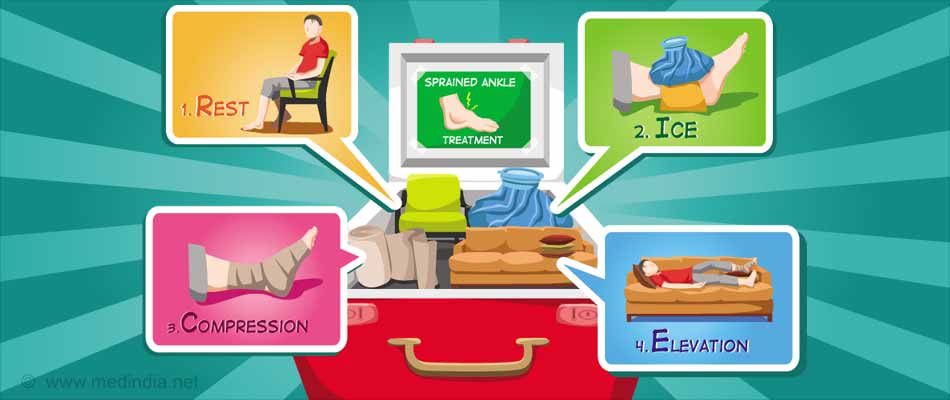
Administering NSAIDs (Non Steroid Anti-Inflammatory Drugs)
To control and reduce the inflammation of the affected area, an NSAID is often given to an athlete. Research has found that although the inflammation is controlled there may be delay in healing of the soft tissues like ligaments, muscles and tendons.
Surgery
In severe injuries, surgery is necessary to realign fractured bones or to repair damaged connective tissues.
Rehabilitation
Rehabilitation is the process of gradually enabling the injured body part to return to its normal level of function through a series of exercises. The sooner the site of injury is mobilized the better the healing. With this in mind rehabilitation programmes are designed to begin with gentle movements and exercises to mobilize the injured structure without causing pain. As the course of exercise is followed, the injured site will return to normal function.
Having discussed the common sports injuries and methods of treating them, it is essential to consult with a trained professional to have the appropriate treatment. Every injury is different and of varying severity. A sports physician will be able to suggest the best treatment after observing the injury and conducting the necessary preliminary tests.

With the growing interest in professional sports these days, there is a lot of scope for sports medicine physicians. To pursue this as a career the interested candidate must have a strong science background to pursue an undergraduate degree in general medicine. On completing this, the aspirant will have to complete a post graduate or specialization course in Sports and Exercise Medicine which usually lasts for two years. There are also diploma courses in Sports Medicine which can be either a one year or two year course.




